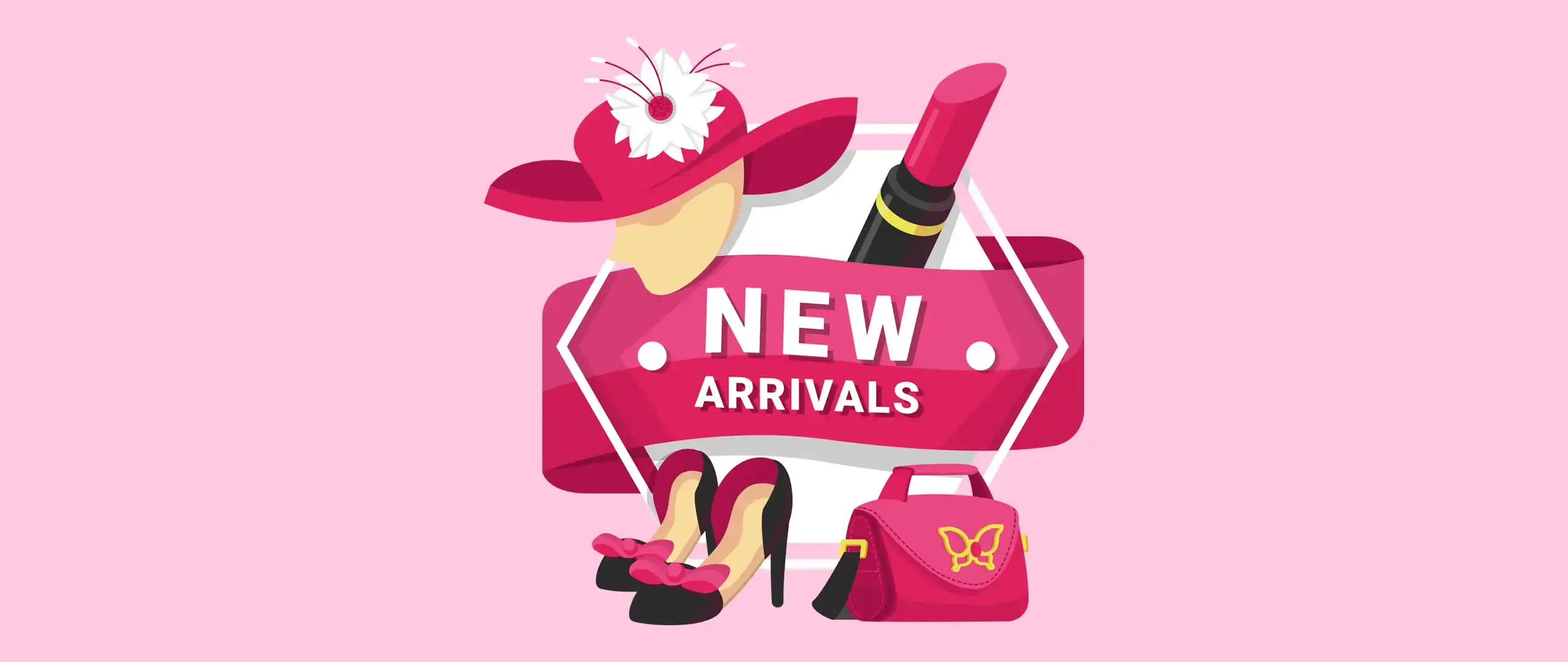Whether video or graphics, everyone loves visual messages. That’s why the right graphic design can attract more customers than just having text. If you’re creating an advert, lure customers with graphic design visual messages.
Through emails, websites, the environment, we all receive visual messages throughout the day. Regardless of the device you’re using or where you are physically, you will be impacted by graphic design.
Most of these pass before our eyes like a bird flying in the sky. As small stimulus that have no importance beyond the moment. However, some images are more impactful. In fact, the become engraved on your retina and we remember them even after several days.
In this article, it’s exactly these images that we’ll discuss. The powerful graphic designs that can attract customers. The ones that do their job and fulfill their purpose.
Every e-commerce store’s desire is to be able to lure customers with graphic design. Of course, the specific products are usually the products they offer. In general, graphic designs are often used to draw attention to these products.
On the other hand, a professional designer knows that behind an image there’s always a message. Something that you want to convey that will have an effect on the person who views it. For this reason, adapting creative works to the audience you plan to address is important.
How To Lure Customers with Graphic Design
Graphic designers have several questions to answer before starting a project. For instance, who is the target audience? How to get your message across to them? And what are they interested in?
If you’re not sure where to start, check out the tips we share below. They’re help you get your designs right.
But first, let start by offering a brief description of what target audience means. In marketing, the term refers to the specific group of people to which you plan to direct your actions.
Now, let’s get started!
Graphics Designs That Attract Customers
(1) Define your target audience
Would you design a banner in the same ways for a coffee brand as you would for a café that sells coffee. Obviously not. Not only is the audience different, but the product received is also different.
Therefore, consider the audience you’re targeting before you start the design process. Simple details to start with can be location, gender, age, etc. But there are others questions to answer such as: What’s their lifestyle like? Tastes and preferences? Products they’re interested in? And so on.
All this information is useful in creating a sketch of the profile of the people the design is aimed at. And it will be easier to select the graphic design elements that attract customers.
(2) Set clear objectives
As we stated at the beginning of this article, every image aims to transmit a message. And cause an effect on the person who views it. Consequently, it’s essential to be clear about what you want to achieve. You’ll also need to define the specific objectives that will influence the design.
Whether it’s a web image, flyer, poster, or banner, it has a purpose and must fulfill a function. Otherwise, you won’t be able to lure customers with your graphic design. Or your client will have difficulty using your graphic design to attract potential customers.
In effect, the content of the design must be relevant and aligned with the marketing strategy. The target audience will know they’re in the right place and capture their attention.
(3) Choose and adapt graphic elements
If you’re looking to lure specific customers with your graphic design, then you know ‘anything goes’ will not work. There are certain required steps that equally important as the actual design.
It’s a basic requirement that the graphic elements used speak the same language as your target. To ensure this, select every element carefully. For instance, color schemes, vectors, fonts, images, etc.
Albeit there are a plethora of beautiful fonts, they are not all appropriate for all designs. So, decide whether you should use a formal font or a casual one. Should the font be sans-serif or serif? You can also play with different letter thickness and sizes to highlight the message.
The same also applies to color. Never use the same tones in a design focused on a young target as you would for a senior target. Why? Because color influence behavior, emotions and moods, hence its importance.
(4) Make your design memorable
Finally, the design should be appealing to the target audience. Try to be original which means you may not use the first idea you come up with. Check out your competitors and innovate, but don’t imitate.
The design’s content should be powerful enough to grab the attention of the audience. Guide them through the process in the established objectives. Whether it’s a lead generation, a purchase or website visit, the design should pave the way to action.

